When Do Bass Spawn? Everything You Need to Know About Spawning Season
When it comes to bass fishing, you can toss a lure out at practically any time of year and be successful; that is if you use the right lures, baits, and techniques required for the season.
However, anyone who has fished for more than a year knows that some periods are just better than others. Sometimes, the fish are more active, they’re in easier-to-reach spots, and you’ll just get more bites in general. Not only that, but the quality of the ensuing fights every bass angler loves is better during certain periods than others.
While there are a lot of different factors that go into when the best time to fish is, from water temperature to barometric pressure and water clarity, there’s one surefire period when the bass are ready to nab just about anything that comes into sight: Spawning season.
Nailing the right timing for spawning season can be difficult for beginners and understanding how to fish properly during this period can also be a bit of a hurdle for some.
So, here’s an in-depth guide covering everything you need to know about spawning season; from when it happens to how to fish it.
Newsletter Signup
What is Spawning Season?
Spawning season is kind of like that springtime period when you start seeing young rabbits hopping around, fawns following does out across country backroads, and other signs of a new generation. Except, it’s for fish, and you will obviously have a slightly harder time spotting the results of spawning season thanks to stained water or varying depths of the beds.
When is Spawning Season?
Bass spawn in the early spring as the water begins to warm. The exact date and time vary dramatically because it's not based on time. It's based on the water temperature and the steady changing of the seasons.
This means that, in very warm states such as Texas or Florida, where the water reaches higher spring temperatures sooner, spawning season will come a few weeks earlier than a midwestern state such as Illinois, and the northern states that don’t warm up until maybe even a month after the rest will start spawning season the latest.
Unfortunately, this means you need to go off state-based information and records. Luckily, each area’s spawning period is consistent. If you live in one state for years and determine the spawn start date the first year, you can reasonably rely on it; give or take a day or two, of course.
What do the Bass do During the Spawning Season?
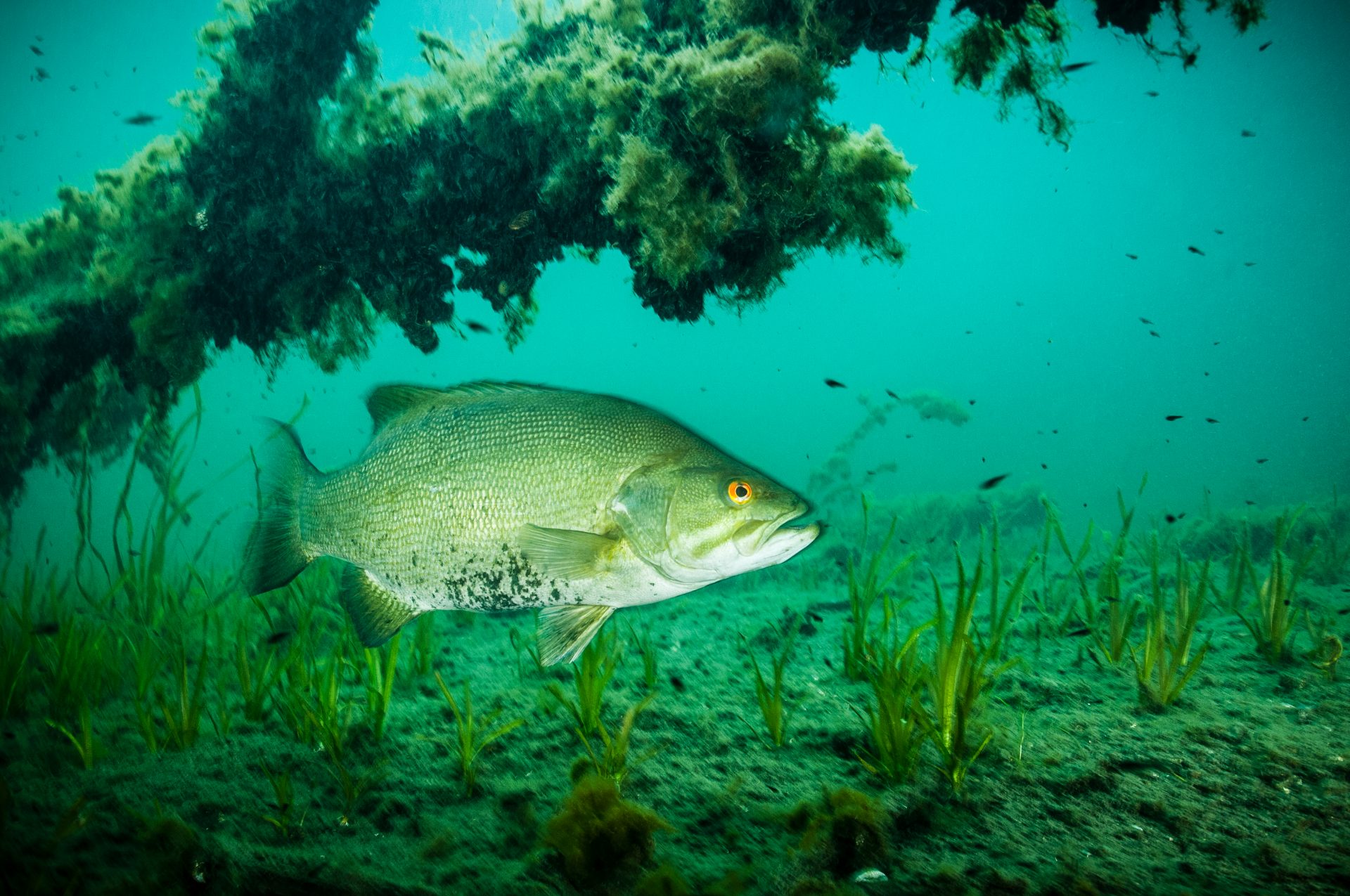
This is a far more complicated answer than the previous ones because spawning season isn’t just one thing. It consists of three main periods, and the bass behave very differently depending on which period they’re in.
The three periods are:
1. Pre-Spawn
2. Spawn
3. Post-Spawn
We will go over each spawning period individually and in-depth to ensure you know what to expect and how to tackle the bass depending on what part of the spawn they’re in.
Pre-Spawn – In-Depth Overview
The pre-spawn period is what happens before the fish actually start laying eggs or anything like that. In essence, it’s a prep period that gives the bass a chance to stock up on nourishment, build their spawning areas, and get ready for the main show.
Bass Behaviors – Non-Fishing
During this part of the spawn, the bass will be extremely active. Once the main spawning season starts, they won’t be able to leave their beds unattended, or they risk losing all of their eggs. So, their main focus is first building a nest, and then taking in as many nutrients as possible; in other words, they will be on the hunt and gulping down everything they can find during this period.
Bass Behaviors – Fishing
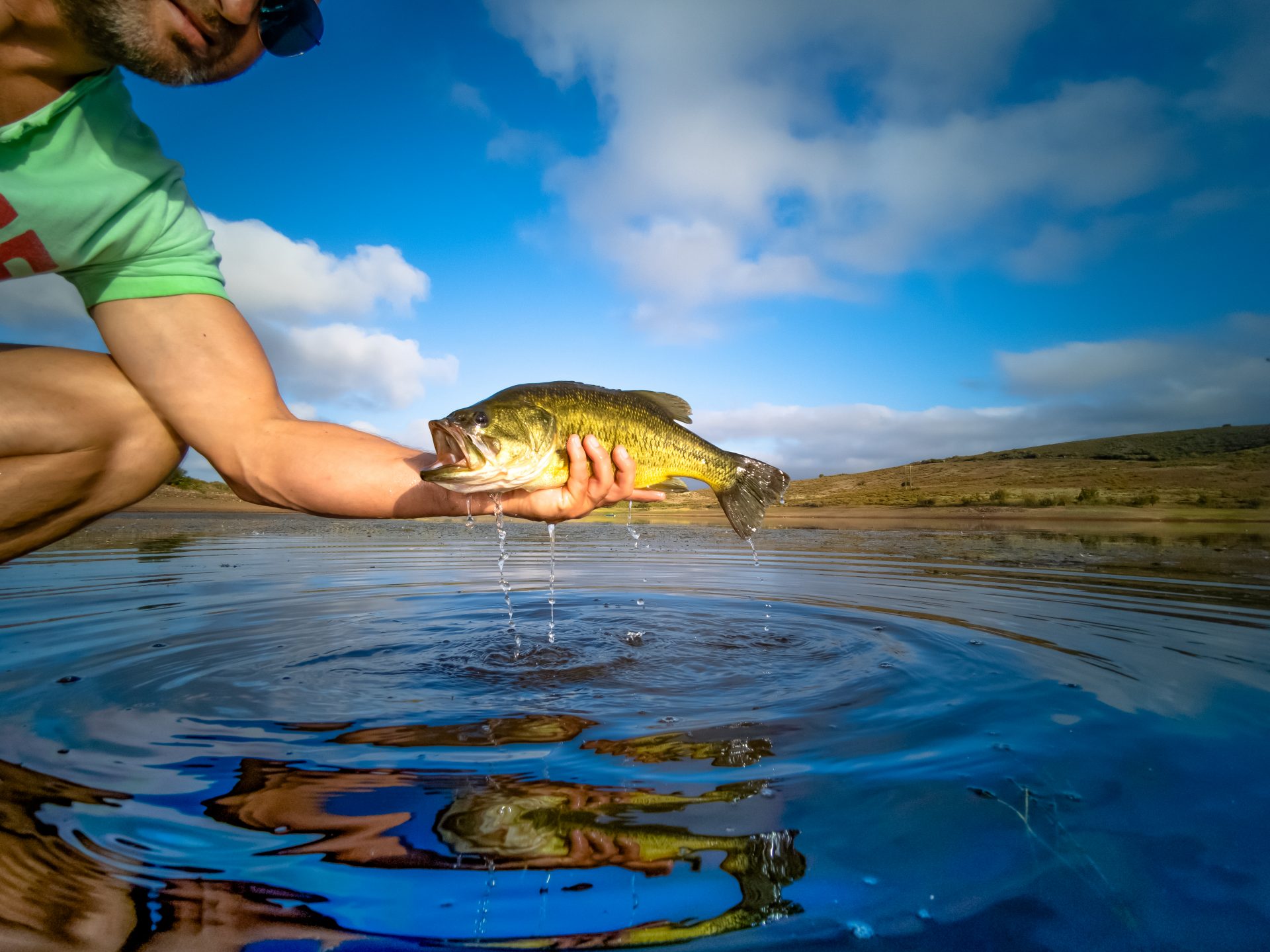
If you’ve been fishing for a while, you know very well what the previous paragraph meant; the bass will be biting faster, harder, and more aggressively than pretty much any other part of the year.
Not only that, but because the bass are scarfing down any food they can get ahold of, there are a lot of big ol’ hogs swimming around down there; ready for you to reel them in and beat your personal best.
You can take advantage of this with your fishing and easily net plenty of high-quality bass without having to struggle through long casting sessions with no bites. However, you need to fish the waters properly if you want to do that.
Here are some tips for fishing during the pre-spawn period.
Aggressive Lures
If you’re using lures, you’re in for a big treat. The bass you’re likely to hook into during this period are larger and hungrier. Don’t be afraid to bust out the larger lures in your tacklebox with tons of ridiculous action. The bass are biting, and fast-retrieval baits with a bit more substance to them will be enticing to practically any bass in the water. If the fishing is slow, change colors.
Fish Inlets and Feeding Lines
The bass are feeding heavily during this period. This means randomly fishing an entirely lake will probably waste a lot of your time. Head to the hot zones such as inlets, shallow runoffs, and other spots that baitfish congregate in. The bass will be there throughout the period.
Look for a Behavioral Shift
This pre-spawn period doesn’t last long. The entire spawning season is about 3 weeks out of the early spring, and this is one of the shortest periods during the season. If you notice the bass aren’t biting, with no alternative reason such as poor weather conditions, consider seeing if they’ve moved into the spawning period. If you don’t pick up on this behavioral shift, you can be fishing areas the bass have zero interest in.
Spawning
The spawning period is when the bass have already loaded up on calories and settled into their newly-constructed beds to protect the eggs they’re laying. Bass are highly unlikely to move off these beds, and your fishing strategy will have to be adjusted. With that being said, it’s a great time to bring in high-quality bass.
Bass Behaviors – Non-Fishing
There’s not much to say about this. The bass have constructed their spawning beds, piled on more calories than they will for the rest of the year, and have started laying eggs. Right now, the bass don’t care about anything besides those eggs, either. They won’t be leaving their nests to eat, and you can pretty much expect them to be fairly passive to fish passing by, and yes, your fishing attempts.
Bass Behaviors – Fishing
If you read the previous section and don’t know better, you probably expect this period to be dull and more or less pointless. However, that is far from the case, and you can easily pull in fish left and right; not only that, but the fish are pretty much guaranteed to be high-quality fish since the fry haven’t spawned yet, and the parents have gulped down so much prey they’re bloated.
The trick is to ditch your normal fishing approach entirely for the next week or so. Fishing during the spawn requires a technique that’s practically useless the rest of the year. Here are some tips to pull it off.
Fish the Beds
If you’re new, it might be difficult to pinpoint where a bass bed is. These beds are typically in fairly shallow water, look like a bunch of organized debris, and the tell-tale sign is that a big, angry, egg-laying bass is laying right on top of each one. If you’re in the middle of the spawn, these beds are the only places you’ll find bass. So, you better start looking out for them once the bass stop biting at popular feeding grounds.
Drop-Shot, Drop-Shot, Drop-Shot
Have you ever heard of a drop-shot rig? If not, check out one of our other BassForecast resources and learn it inside-out.
You can use any type of rig you normally would, but if you’re casting far out and pulling the lure back, there’s a huge chance you’ll only be over a bed for a second, or you might miss it entirely. The bass are not going to swim five feet away from their bed to nab your lure.
Drop-shot rigs take care of this issue. They plop right on top of the bed –given you cast them properly-, and then you can just bounce the lure around on the bed itself. The bass are highly protective of their eggs, and if you have a drop-shot rig with a YUM Dinger, Senko, craw, and or anything else you can rig up properly, you’ll tick them off pretty quickly.
Post-Spawn
This is the end of spawning season, and it’s when all the bass have hatched out of their eggs and grown a little bit. In some ways, this is the most flexible part of the spawning season, but in others, it’s a slower, less exciting end to the best fishing you’ll get all year.
Bass Behaviors – Non-Fishing
There’s a lot of activity going on during this period. With new bass growing, there are tons of smaller bass swimming around the shallows taking out minnows, insects, worms, and various other small food sources bass love, and the larger fish are just starting to give up their beds and go back out for food.
However, none of them stay by their beds for long during this period. Once the small bass get a bit of food in them, they start spreading out to find their own stomping grounds, and the big bass go back to their usual hangout spots.
Bass Behaviors – Fishing
This part of the season is more reminiscent of the rest of the year, but the bites can come pretty quickly with all those new bass hunting at once.
You can still fish the beds for stragglers, and you might even find a parental bass still waiting on the last of their eggs to hatch, but for the most part, you can go back to fishing your normal underwater structures, weeds, and feeding areas.
Just don’t expect every bite to be a trophy-sized bass. The big boys are feeding again, but there are a ton of smaller bass trying to pack on the calories they need to survive as they move deeper into the water. Luckily, that means your cast-to-bite ratio should be fairly solid.
Here are some tips.
Switch to Smaller Lures
Unless you’re specifically targeting only the largest bass, you can turn a bad day around in a heartbeat by switching to something a little more bitesized. With all the fresh bass going into a feeding frenzy, they’ll want smaller food that they can actually fit in their mouths. Of course, you can always stick with a massive swimbait and target the new parents of the waters.
Check the Beds First
You can ditch the drop-shot, but try to stick around the beds during the transition from spawn to post-spawn. Plenty of fish will be in that area and ready to bite, but you won't need the precision of a drop-shot to grab their attention.
Spread Out
As the nests clear, the bass head back to their normal spots. There is still plenty of feeding going on, though. Targeting weeds, underwater structures, and other places that bass are likely to move to is a solid way to nab some catches with ease.
Go Big
If you’re not interested in fast-paced action with the fresh bass, and you only want those trophy bass that left their beds, don’t be afraid to use your largest lures. The bass have been sitting on their beds with minimal food for quite some time, and they are definitely hungry after laying eggs and starving themselves to protect those eggs.
More importantly, the smaller bass aren’t going to target something nearly their size; you’re practically guaranteed to only get the big boys when you use your biggest, flashiest lures during this period.
Fish the Spawn with BassForecast
Don’t miss this year’s spawn. It’s guaranteed to bring some fast-paced action to any angler who hits the water with the right technique, and it only lasts a few weeks.
Of course, if you want a rundown of the best times to get out during the spawn with up-to-date weather information and plenty of other resources, check us out at BassForecast!


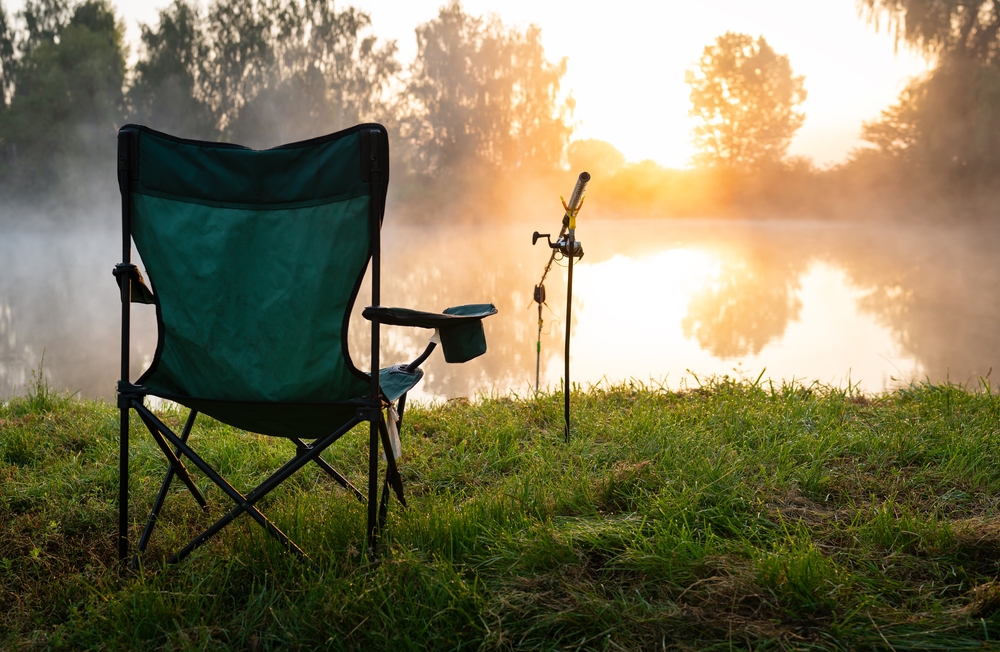

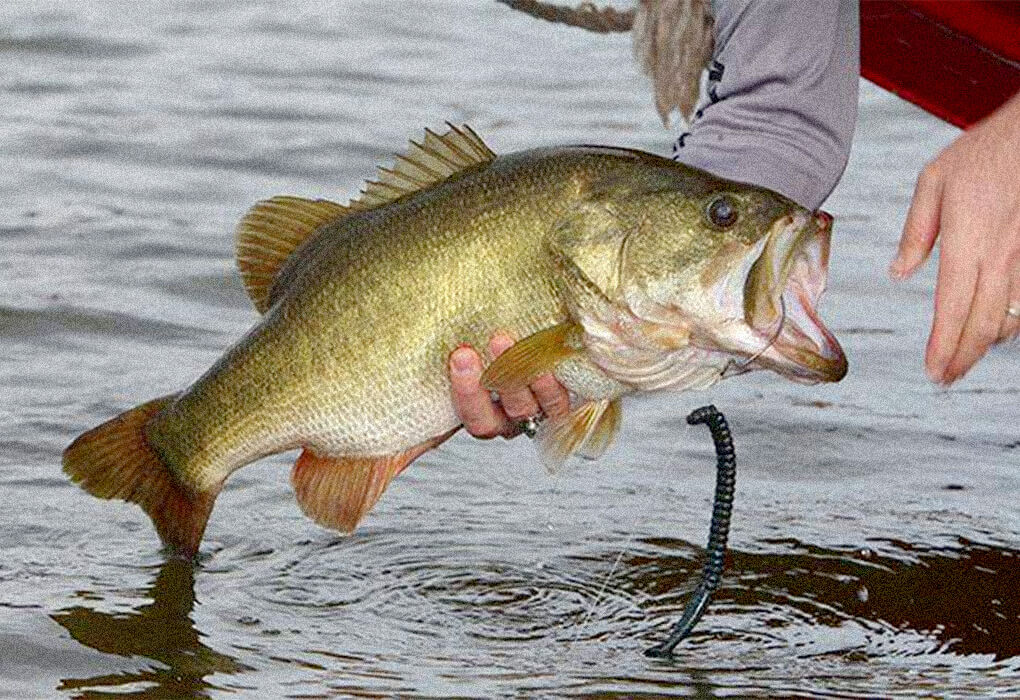
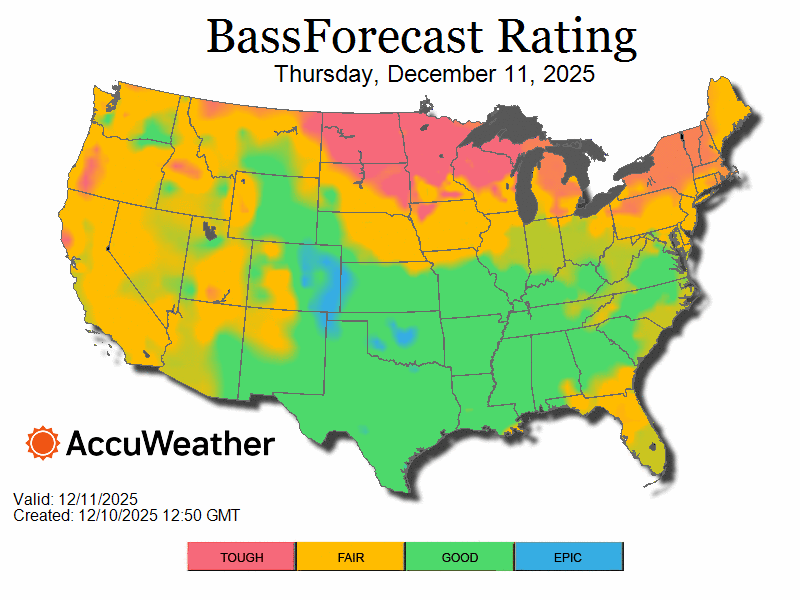
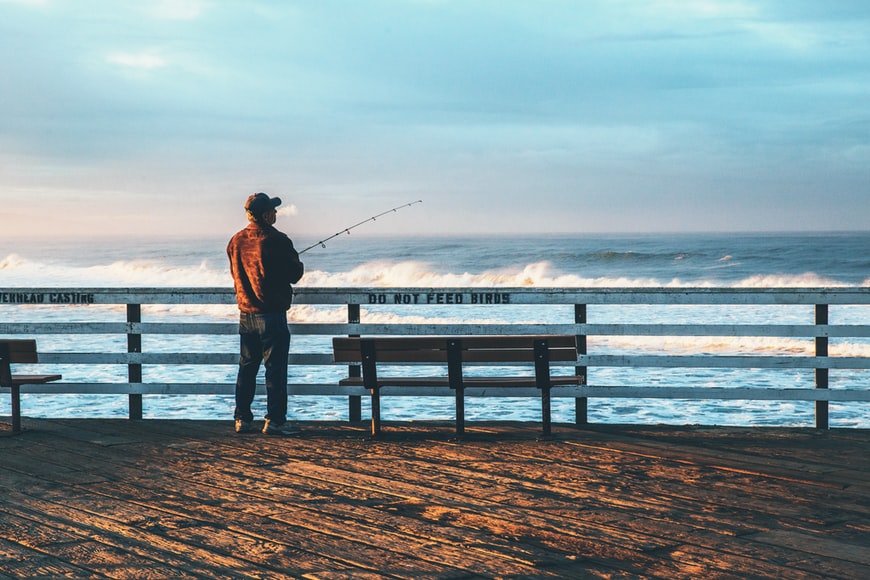

.png)
.png)